Stepping on to the ramp
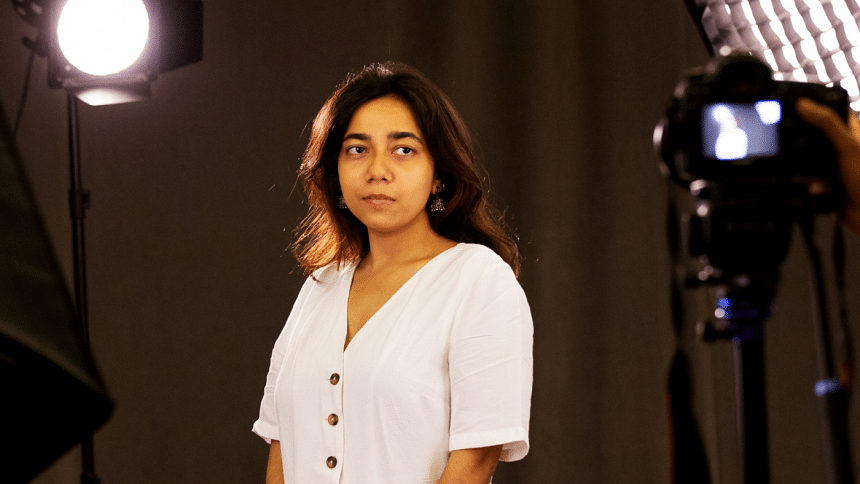
With the 2023 Met Gala taking place last month, I'm sure almost everyone's social media homepages were clogged with pictures and reports on who was wearing what, and other fashion content. I personally find it fun to read up on such topics, even more so as the mainstream media continues to glamorise the industry and the big names within it. It's hard to not want to catch up.
However, lately I've also realised that while the Bangladeshi youth is well-acquainted with the international fashion community, we are not as familiar with the local scene, especially when it comes to modelling. There are a few popular names on social media, and that's about it. For example, very few people know about the casting process here, although anyone who's kept up with the Kardashians or watched the horror show of America's Next Top Model is likely to know how it works across North America and Europe.
For fashion model Afia Tabassum, 24, who has worked for brands like Aarong, Ecstasy, Kay Kraft, and Yellow, entry into the profession was purely accidental.
"I was originally an assistant photographer on set, but one day I had to step up as a proxy when a model didn't show up and it was our own production. The pictures came out good enough, and that made me consider a career in modelling," she said.
On the flip side, Aditi Khandaker, 26, had a more planned start at modelling.
"I knew modelling was my calling since I was 12, so I would drop my portfolio at different fashion houses. I eventually started getting calls, so that's how I started working. Since then, I've modelled for 17 brands, including Deshal, Koinya, and Artopolis," said Aditi.
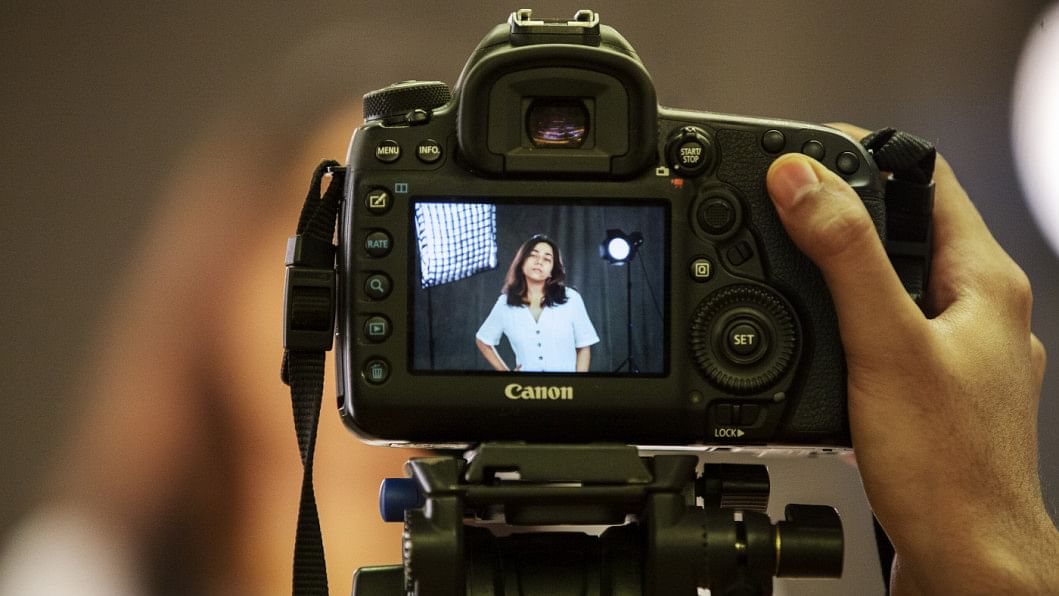
One point that most interviewees had similar experiences with, though, was the absence of enough proper agents in the industry. On an international level, even newcomers sign to modelling agencies. The process of getting signed to a reputable agent is competitive, and for good reasons. Having the right agent means access to big clients and additional favours with working schedules and pay. In most cases in Bangladesh, like Khandaker, models need to reach out to clients first.
This does influence our models' prospects to break into the international scene. As most international brands or shows require models, having a well-connected agent brings in gigs at fashion weeks or runway shows more easily. Here, however, models usually have to rely on word of mouth or the reputation built on their previous work to get calls for fashion shows that local brands arrange, which can then open doors to opportunities in other countries. Participating in national modelling hunt TV shows is another way that models get their name around.
As for pay, there seems to be no fixed amount a model can expect to make. Many factors like the brand being modelled for, the model's popularity, the quality of product being marketed, time commitment, etc. influence their monthly average income.
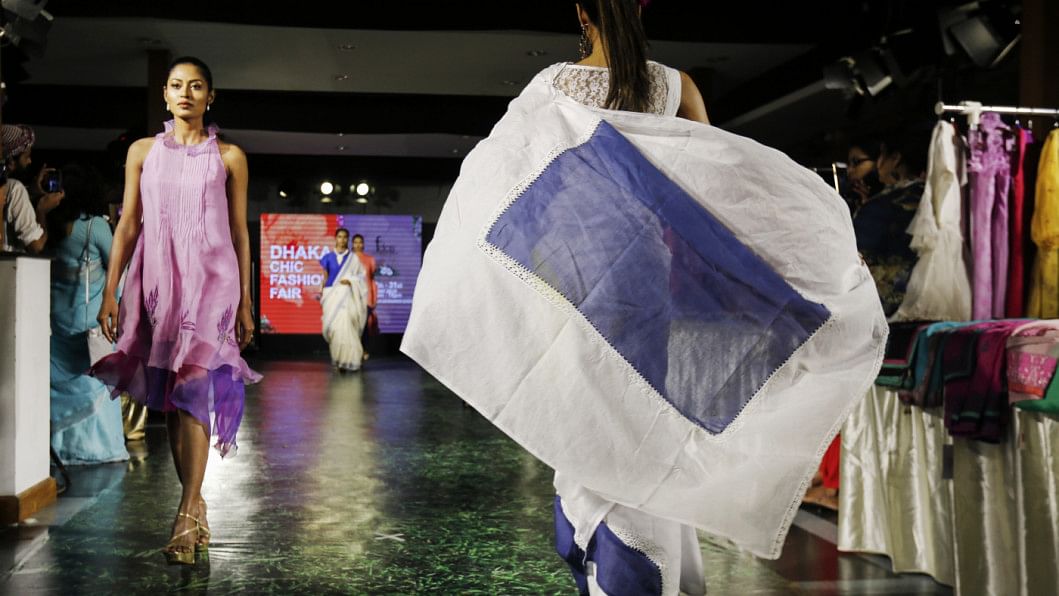
Maysha Chowdhury, 25, a skincare brand owner who also works as a fashion and commercial model, says, "Some models rack up to 5 lakh taka in one month, and then others might make less than a liveable wage. It varies from person to person."
This variance of experience does not seem to continue on to the positives and negatives of the industry. Nearly every interviewee for this article had very similar, concrete views on what they think are the highs and lows of modelling professionally.
Upoma Chakma, 27, who works as a commercial and fashion model, talks about her experience. She started her modelling career in 2013, when a few brands approached her after seeing her photos on Facebook. When asked about whether her indigenous identity affects her experience in the industry, she said, "Not everyone is likely to take an indigenous face for any brand shoot. So, the work that comes along the way is very segmented. Segmented with the need of an indigenous character only in the commercial. For photoshoots for fashion brands, the face of the model also creates a barrier in getting the job"
Chowdhury, who is a plus-size model, shared that the emphasis many brands and social media put on having a certain kind of appearance and physique push many models – men and women alike – down the rabbit hole of body dysmorphia.
Abdullah al Mahfuz, also known as Raaz Mania, talks about the struggles he faced in the early stages of his career, "When I started modelling in the early 2010s, a large majority of models working in Bangladesh were foreigners. A lot of big-name brands, as well as designers, preferred shooting foreign models, so the local male models did not get to work as often. The Bangladeshi audience generally favours fair skin, so the foreign models got more opportunities for work."
Quazi Sreya, a 24-year-old model, adds, "You need to be very confident in your looks and who you are as a model because you're so exposed. Your face and body are up on the internet for other people to literally judge you, and most usually do not hold back when they make comments on others' appearances, especially if it is a woman being judged. In fact, a darkly funny thing I have noticed since I started modelling is that some of the most conventionally attractive people in the industry are the most insecure."
A positive aspect of the profession, meanwhile, is the camaraderie models usually share, perhaps even catalysed by their shared struggles in their line of work. "I have rarely ever met unfriendly people in my career. Especially people who want to grow into a big name in this industry are always nice to their co-workers," Sreya says. "I also don't mind the free clothes, and PR, occasionally!"
Chowdhury also appreciates the community she has built over the last five years of her modelling career. "This industry will let you meet such talented designers and artists. You also get to inspire people yourself," she notes.
For anyone interested in modelling, being aware of these advantages and setbacks is crucial, and contrary to popular belief, it is just as important to work hard and improve one's skills to earn their spot in this competitive industry.

As Sreya shares, "Models can't afford to be shy in front of the camera. They need to remember that if someone chose them, it was for a reason. It's also important to experiment and find your angles and faces. Coming across as one-dimensional in this field can be detrimental."
Khandaker also has similar advice to offer, "You must have a strong passion for modelling and self-confidence to keep yourself motivated. Also, always keep adding to your portfolio."
In fact, social media can be a great place to start now. Because brands are constantly trying to reach as many people as possible, having a considerable social media following can boost an aspiring model's chances of getting jobs, even though many people tend to look down on influencers.
Regarding this, Chowdhury puts it aptly, "Influencers and Instagram models can be just as good as professional fashion models. Sometimes brands are even willing to invest more in influencers because of the engagement they bring to the table. What matters is the work you do."
Fabiha is now the Martell heir of Dorne, but still a secret Slytherin alum. Pledge your allegiance and soul to her at [email protected]

 For all latest news, follow The Daily Star's Google News channel.
For all latest news, follow The Daily Star's Google News channel. 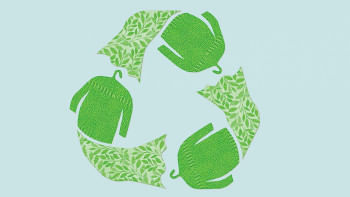
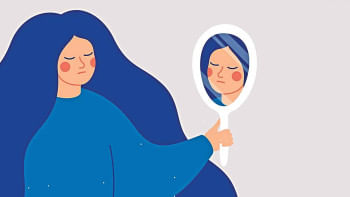



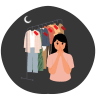

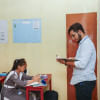
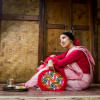


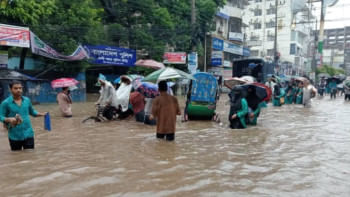
Comments